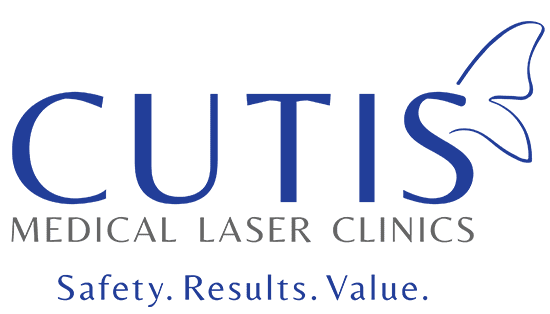 While laser hair removal provides permanent hair reduction results, many are still hesitant about undergoing the procedure. Two of the main concerns are the cost and the need to undergo multiple sessions to achieve desired results. This is understandable, but laser hair removal is actually cheaper in the long run.
While laser hair removal provides permanent hair reduction results, many are still hesitant about undergoing the procedure. Two of the main concerns are the cost and the need to undergo multiple sessions to achieve desired results. This is understandable, but laser hair removal is actually cheaper in the long run.
Read our previous post and learn the 5 reasons why laser hair removal is a cost-effective option.
To find out why this method requires several treatments, it is best to understand first the body’s hair growth cycle. There are three main phases in a hair’s life cycle: Anagen, Catagen, and Telogen. Being aware of them will let you know how they affect the treatment or the role they play in a laser hair removal procedure.
Phase 1 – Anagen
This is the beginning and the active growth stage. In the anagen phase, you can see visible hair above the skin, which is still attached to the papilla of the hair follicle. This is the stage where laser hair removal works well. The laser light targets and disrupts the follicle in the anagen stage, so they won’t come back.
The sad part is only about 20% of your hair grows or is active in this stage. This is why several sessions of laser hair removal are necessary. The length of anagen phase varies and can depend on a number of factors like your age, genetics, general health, and others.
Phase 2 – Catagen
This phase is a short transitional period in which the hair is detached to the papilla and is the end of the growth phase. In the catagen stage, the hair stops growing and detaches from the base, forming a club hair. Hair also starts to shed in this phase. This transitional period lasts for a few days.
Treating the hair at this stage is not advisable since the hair is no longer attached to the root. This only means that the light energy absorbed by the shaft will not travel down the papilla. It won’t disable the follicle, so it will not prevent future hair growth.
Phase 3 – Telogen
Also called the resting stage, Telogen is the final phase where all activity stops. During this stage, the hair bulb no longer exists and the follicle is inactive. At the end of it, all resting club hair will be pushed out as new hairs start to grow. Then, the anagen or growth stage will begin again.
Laser hair removal is not effective during this stage, as the follicle is dormant. The Telogen phase is also unpredictable, as in some people it can last for days to a few months or years. There are also cases, especially in areas with thinning hair, where hair follicles are stuck in this stage.
What does this mean?
The Anagen phase is the ideal phase for laser hair removal. It contains the melanin or the pigment that the laser light absorbs and disrupts the hair follicle to disable future hair growth. You should also know that laser hair removal cannot remove 100% of your hair; you can expect about 80 to 90% of stable hair reduction.
At Cutis Medical Laser Clinics, we have the Cutera CoolGlide Laser, which is an FDA-cleared laser technology used for permanent hair reduction. It delivers pulses of light energy, targeting hundreds of hair follicles in a short period. The pigment then absorbs the energy, damaging the follicles and disabling future hair growth.
With laser hair removal, it is important to attend all your sessions to see permanent hair reduction over time. Being consistent with your appointments continuously traumatizes and damages the follicles to achieve your desired results.
You can check out our previous blog to find out what you can expect with laser hair removal.
Schedule a consultation today
Are you looking for a long lasting and a more permanent hair removal method? Don’t hesitate to consider laser hair removal. Contact Cutis Medical Laser Clinics in Singapore today and schedule a consultation with our aesthetic doctor to find out if this method is right for you.
- If you would like to be an informed patient, please contact us at +65-6801-4000 or
hello@cutislaserclinics.com. - Cutis Medical Laser Clinics, 9 Scotts Road Pacific Plaza, Scotts Medical Center #08-07, Singapore – 228210
+65-6801-4000 - hello@cutislaserclinics.com
